(Photo by Vince Bucci/Getty Images)
If everyone’s going to be talking about Dr. Seuss, then we need to talk about this terrible decision from the Ninth Circuit a few months ago. Not to validate the idea of “cancel culture” in the particular way it’s often bandied about as a sort of whining over people not wanting to be associated with certain ideas, but because when law takes away the ability to express them in the first place, that’s censorship, it’s an affront to the First Amendment, and it’s something we all should be outraged about. And, as this case illustrates, the law in question is copyright.
We’ve written about this case, Dr. Seuss Enters., L.P. v. ComicMix LLC, 983 F.3d 443 (9th Cir. 2020), many, many times before: some people wrote a mash-up using Seussian-type imagery and Star Trek vernacular to express new ideas that neither genre alone had been able to express before. And Dr. Seuss’s estate sued them for it.
The little bit of good news: their trademark claim failed. Applying the Rogers test to determine whether the Lanham Act could support such a claim, both the district court and the appeals court agreed: it didn’t.
Under the Rogers test, the trademark owner does not have an actionable Lanham Act claim unless the use of the trademark is “either (1) not artistically relevant to the underlying work or (2) explicitly misleads consumers as to the source or content of the work.” Neither of these prongs is easy to meet. As to the first prong, any artistic relevance “above zero” means the Lanham Act does not apply unless the use of the trademark is explicitly misleading. Boldly easily surpasses this low bar: as a mash-up of Go! and Star Trek, the allegedly valid trademarks in the title, the typeface, and the style of Go! are relevant to achieving Boldly’s artistic purpose. Nor is the use of the claimed Go! trademarks “explicitly misleading,” which is a high bar that requires the use to be “an ‘explicit indication,’ ‘overt claim,’ or ‘explicit misstatement’” about the source of the work. Thus, although titling a book “Nimmer on Copyright,” “Jane Fonda’s Workout Book,” or “an authorized biography” can explicitly misstate who authored or endorsed the book, a title that “include[s] a well-known name” is not explicitly misleading if it only “implicitly suggest[s] endorsement or sponsorship.” Boldly is not explicitly misleading as to its source, though it uses the Seussian font in the cover, the Seussian style of illustrations, and even a title that adds just one word—Boldly—to the famous title—Oh, the Places You’ll Go!. Seuss’s evidence of consumer confusion in its expert survey does not change the result. The Rogers test drew a balance in favor of artistic expression and tolerates “the slight risk that [the use of the trademark] might implicitly suggest endorsement or sponsorship to some people.” [p. 31-32]
Note: as you read the quotes from the decision be aware that the court regularly refers to the mash-up as “Boldly” and the original Seuss work it riffed on as “Go!”
But while the Ninth Circuit was accommodating to artistry on the trademark front, it was hostile on the copyright front and overturned the district court’s finding that the mash-up was fair use. It walked through the fair use factors with its thumb heavily on the side of the copyright owner, willfully blind to any “countervailing copyright principles [that would] counsel otherwise.” [p. 11]. For instance, on the second factor, the nature of the work, it looked at the mash-up with a harsher eye because the original work had been a creative one, rather than one more informational. (“Hence, Boldly’s copying of a creative and “expressive work[]” like Go! tilts the second factor against fair use.” [p. 19])
But what’s most alarming is not just how the court applied the other factors, but how its analysis effectively expanded the power of a copyright holder to shut down others’ subsequent expression, far more than the statute allows, the Progress Clause of the Constitution permits, or the First Amendment tolerates.
For instance, on the fourth factor, because the original work, “Oh, the Places You’ll Go,” targeted the graduation market, the court gave it the power to shut out subsequent works that also might serve the same market by somehow construing the mash-up as a competitor with the original, even though it was a distinctively different creature—after all, there was no Star Trek in the original, and the appeal of the second work was entirely based on consumers wanting both genres combined in one.
The court further hangs this analysis on the fact that one of the exclusive rights a copyright holder has is the ability to license derivative works. But when combined with its flawed analysis on the first factor, transformativeness, and also the third, examining the amount and substantiality of the original used, it lets that right to license derivatives effectively swallow all fair use. The Dr. Seuss estate likes to license its works, the court reasons, including to those who might want to combine them with other genres. But if people could do these sorts of mash-ups for free then the Dr. Seuss estate would have a harder time making money from those licenses.
Crucially, ComicMix does not overcome the fact that Seuss often collaborates with other creators, including in projects that mix different stories and characters. Seuss routinely receives requests for collaborations and licenses, and has entered into various collaborations that apply Seuss’s works to new creative contexts, such as the television and book series entitled The Wubbulous World of Dr. Seuss, a collaboration with The Jim Henson Company, famous for its puppetry and the creation of other characters like the Muppets. Other collaborations include a digital game called Grinch Panda Pop, that combines Jam City’s Panda character with a Grinch character; figurines that combine Funko Inc.’s toy designs with Seuss characters; and a clothing line that combines Comme des Garçons’ heart design with Grinch artwork. [p. 28-29]
Of course, the answer to this concern is “so what”? Because if the court were right, and this were the sort of market harm that would trump fair use, it would mean that the only such combinations we will ever get are the ones that the Dr. Seuss estate deigns to allow—assuming they allow any at all, because, per the court, it’s totally ok if they don’t (“Seuss certainly has the right to “the artistic decision not to saturate those markets with variations of their original.” [p. 29]). If it chooses not to license a mash-up with Star Trek, then the world will never get a Seussian-Star Trek mash-up. Even though that’s exactly the sort of making-something-new-there-hasn’t-been-before creativity that copyright law is supposed to incentivize. Copyright law exists so that we can get new works, but per this Ninth Circuit decision the function of copyright law is instead to obstruct them.
And it won’t just be this particular mash-up that we’ll have to do without. Because with this decision the court is giving copyright holders the power to not only veto subsequent uses of a work but an entire expressive vernacular (and one that may even transcend any particular copyrighted work).
In fact, this lawsuit manages to not even be about the alleged infringement of a particular work. In some ways it is, such as the way the court takes issue with the fact that the mash-up referenced 14 of the 24 pages of the original Seussian “Places You’ll Go” book [p. 20]. Of course, even that view ignores how unfaithful a copy the later work must inherently be given how much got left behind of the original, and how much space the omissions left for something new. But the court was even more put out by the pieces of the work used, objecting strenuously to the detail of the references, even though the use of that detail was so that the reference could be a meaningful enough foundation upon which to convey the new idea of the subsequent work.
Crucially, ComicMix did not merely take a set of unprotectable visual units, a shape here and a color patch there. For each of the highly imaginative illustrations copied by ComicMix, it replicated, as much and as closely as possible from Go!, the exact composition, the particular arrangements of visual components, and the swatches of well-known illustrations. ComicMix’s claim that it “judiciously incorporated just enough of the original to be identifiable” as Seussian or that its “modest” taking merely “alludes” to particular Seuss illustrations is flatly contradicted by looking at the books. During his deposition, Boldly illustrator Templeton detailed the fact that he “stud[ied] the page [to] get a sense of what the layout was,” and then copied “the layout so that things are in the same place they’re supposed to be.” The result was, as Templeton admitted, that the illustrations in Boldly were “compositionally similar” to the corresponding ones in Go!. In addition to the overall visual composition, Templeton testified that he also copied the illustrations down to the last detail, even “meticulously try[ing] to reproduce as much of the line work as [he could].” [p. 20-21]
And it wasn’t even the pieces of that work that irked the court. In defending its distaste for these verbatim references, the court cites the mash-up’s inclusion of the illustration of the machine from Sneetches, which was, not incidentally, an entirely different work than the book the defendants were being accused of copying too much from.
For example, ComicMix’s copying of a Sneetches illustration exhibits both the extensive quantitative and qualitative taking by ComicMix. Sneetches is a short Seuss story about two groups of Sneetches: the snooty star-bellied Sneetches and the starless ones. The story’s plot, the character, and the moral center on a highly imaginative and intricately drawn machine that can take the star-shaped status-symbol on and off the bellies of the Sneetches. Different iterations of the machine, the heart of Sneetches, appear in ten out of twenty-two pages of the book. ComicMix took this “highly expressive core” of Sneetches. Templeton testified that “the machine in the Star-Bellied Sneetches story” was “repurposed to remind you of the transporter” in Star Trek. Drawing the machine “took. . . about seven hours” because Templeton tried to “match” the drawing down to the “linework” of Seuss. He “painstakingly attempted” to make the machines “identical.” In addition to the machine, Boldly took “the poses that the Sneetches are in” so that “[t]he poses of commander Scott and the Enterprise crew getting into the machine are similar.” Boldly also captured the particular “crosshatch” in how Dr. Seuss rendered the machine, the “puffs of smoke coming out of the machine,” and the “entire layout.” [p. 23]
In other words, because the machine was important to a (completely different) story, the Dr. Seuss estate got to say no to anyone who wanted to reference that import. Yes, the mash-up referenced it in detail, but that’s how the reference could be recognizable. The court is clearly offended by any verbatim copying of any aspect of the image, but fair use does not forbid verbatim copying or otherwise require deprecating the quality of the original. Yet per the court’s reasoning, verbatim references in “overall composition and placement of the shapes, colors and detailed linework” are off-limits, even though using them did not amount to making an infringing copy of the entire work, page, or even full illustration and ultimately became part of something substantially different from the original. Because even if the original work had certain characters in certain poses that the mash-up emulated, it didn’t have them posed in the futuristic environment that the mash-up expressed. That overall visual tableau was something new and different and transformative.

Above is a representative sample of what the plaintiffs showed to compare the two works so you can see what was literally referenced by the mash-up, and how much was obviously different about its own expression.
But the court also glossed over that transformative quality in its analysis of the first factor, instead focusing only on what was the same about the first work instead of what was different.
ComicMix copied the exact composition of the famous “waiting place” in Go!, down to the placements of the couch and the fishing spot. To this, ComicMix added Star Trek characters who line up, sit on the couch, and fish exactly like the waiting place visitors they replaced. Go! continues to carry the same expression, meaning, or message: as the Boldly text makes clear, the image conveys the sense of being stuck, with “time moving fast in the wink of an eye.”
ComicMix also copied a scene in Sneetches, down to the exact shape of the sandy hills in the background and the placement of footprints that collide in the middle of the page. Seussian characters were replaced with Spocks playing chess, making sure they “ha[d] similar poses” as the original, but all ComicMix really added was “the background of a weird basketball court.”
ComicMix likewise repackaged Go!’s text. Instead of using the Go! story as a starting point for a different artistic or aesthetic expression, Hauman created a side-by-side comparison of the Go! and Boldly texts in order “to try to match the structure of Go!.” This copying did not result in the Go! story taking on a new expression, meaning, or message. Because Boldly “left the inherent character of the [book] unchanged,” it was not a transformative use of Go!. [p. 17-19]
It’s bad enough that it supplanted the district court’s original fact finding with its own dismissive judgment, and that copying of an image from a separate work was bizarrely being used as evidence of infringement of the first. But the cynical determination that the second work was only a “repackaging” of any work designed to “avoid the drudgery in working up something fresh” because of how it used certain elements, including ephemeral elements (composition, posing, story structure), in order to produce something fresh, expands what a copyright holder in a work ordinarily can control and puts all sorts of fair reuse out of reach of subsequent creators.
Boldly also does not alter Go! with new expression, meaning, or message. A “‘transformative work’ is one that alters the original work.” While Boldly may have altered Star Trek by sending Captain Kirk and his crew to a strange new world, that world, the world of Go!, remains intact. Go! was merely repackaged into a new format, carrying the story of the Enterprise crew’s journey through a strange star in a story shell already intricately illustrated by Dr. Seuss. Unsurprisingly, Boldly does not change Go!; as ComicMix readily admits, it could have used another primer, or even created an entirely original work. Go! was selected “to get attention or to avoid the drudgery in working up something fresh,” and not for a transformative purpose. [p. 16-17]
And that’s the crux of the matter, because if a mash-up like this, that merged two aesthetics that had never been merged before, even if to convey a similarly inspirational message (“In propounding the same message as Go, Boldly used expression from Go! to “keep to [Go!’s] sentiment.” [p. 16]), can violate a copyright, then a copyright holder has enormous veto power over all subsequent expression that might use the cultural vocabulary it ever introduced.
And that’s what’s truly canceling.
Oh The Culture You’ll Cancel, Thanks To The Ninth Circuit And Copyright
Court Allows Lawsuit Over Abusive Copyright Trolling DMCA Notices To Move Forward
Thousands Of Security Cameras, Archived Footage Exposed After Surveillance Company Verkada Is Hacked
Utah Legislature Wraps Up Session By Passing Two Unconstitutional Internet Bills
 Staci Zaretsky is a senior editor at Above the Law, where she’s worked since 2011. She’d love to hear from you, so please feel free to email her with any tips, questions, comments, or critiques. You can follow her on Twitter or connect with her on LinkedIn.
Staci Zaretsky is a senior editor at Above the Law, where she’s worked since 2011. She’d love to hear from you, so please feel free to email her with any tips, questions, comments, or critiques. You can follow her on Twitter or connect with her on LinkedIn.


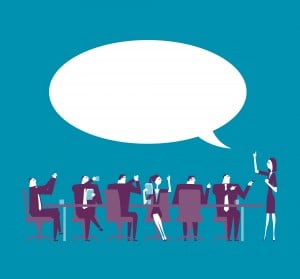

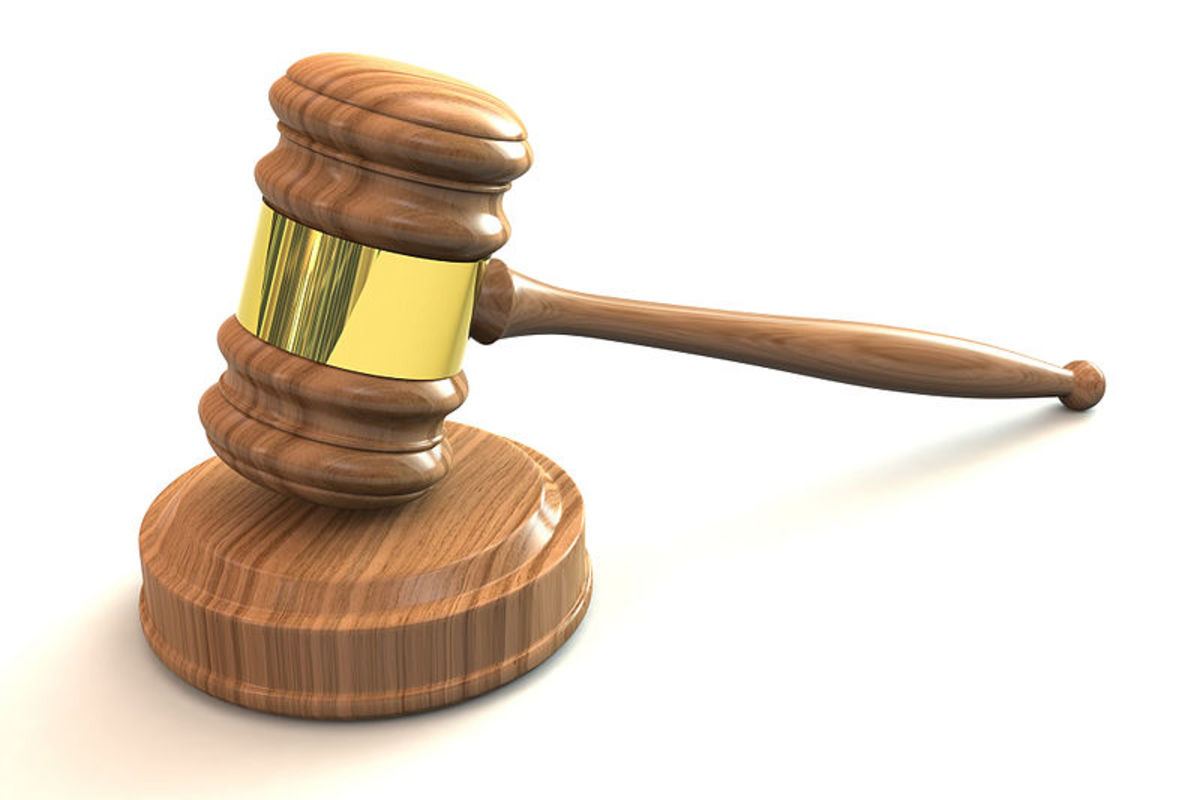

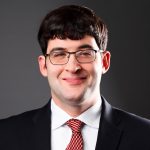 Jordan Rothman is a partner of
Jordan Rothman is a partner of 
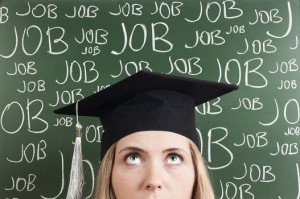

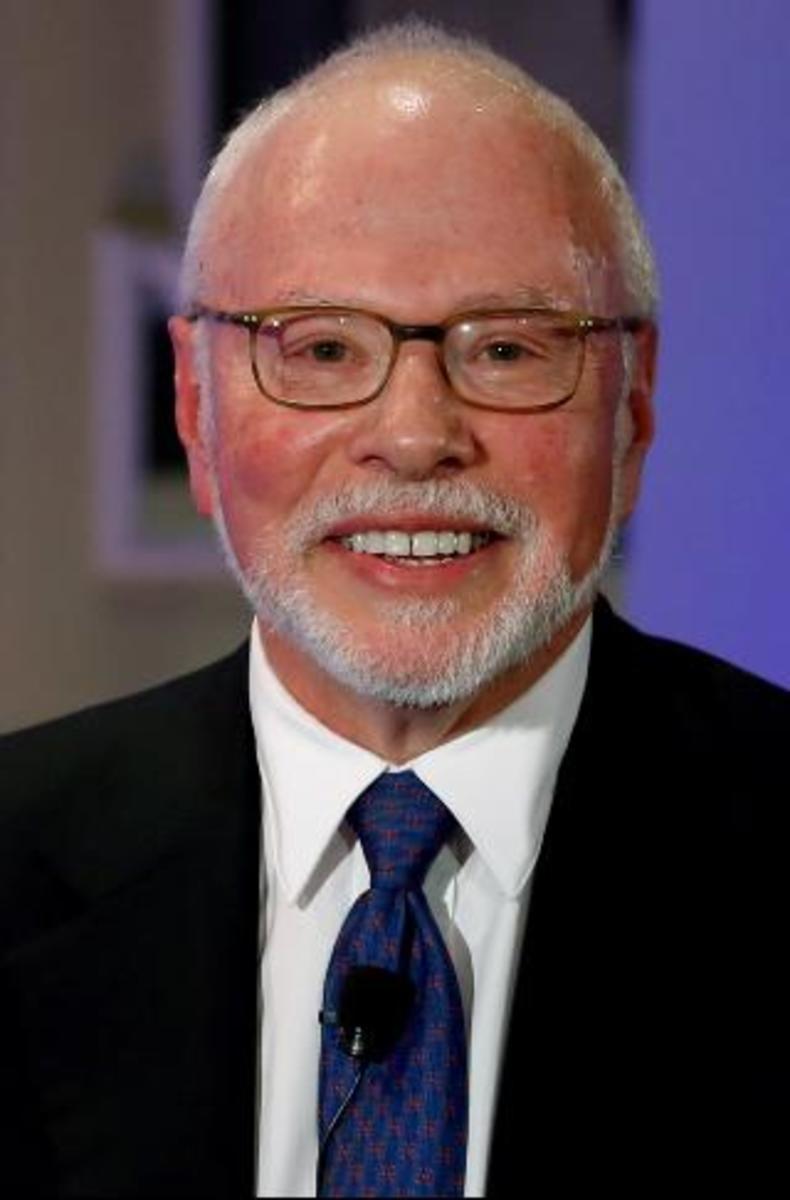

 Charles Hecht is an entrepreneurial lawyer who had his own firm for 39 years and recently joined Balestriere Fariello as a partner. He specializes in innovative solutions to complex litigation, arbitration, and securities transactions. He values teamwork, which is one of the reasons why he joined a New York City boutique law firm. He and his colleagues represent domestic and international clients in litigation, arbitration, investigations by governmental agencies, and securities transactions. You can reach him via email at
Charles Hecht is an entrepreneurial lawyer who had his own firm for 39 years and recently joined Balestriere Fariello as a partner. He specializes in innovative solutions to complex litigation, arbitration, and securities transactions. He values teamwork, which is one of the reasons why he joined a New York City boutique law firm. He and his colleagues represent domestic and international clients in litigation, arbitration, investigations by governmental agencies, and securities transactions. You can reach him via email at 


